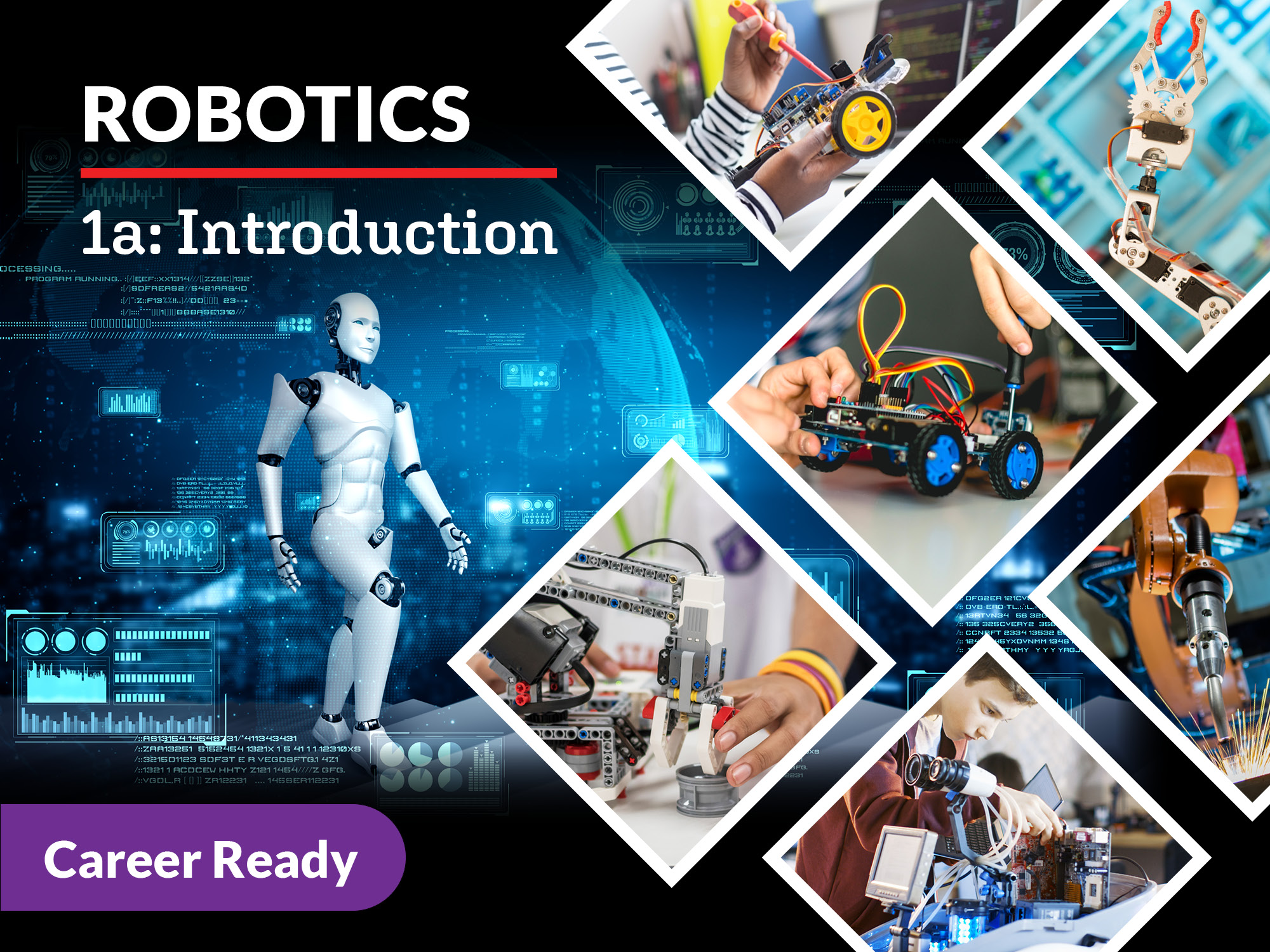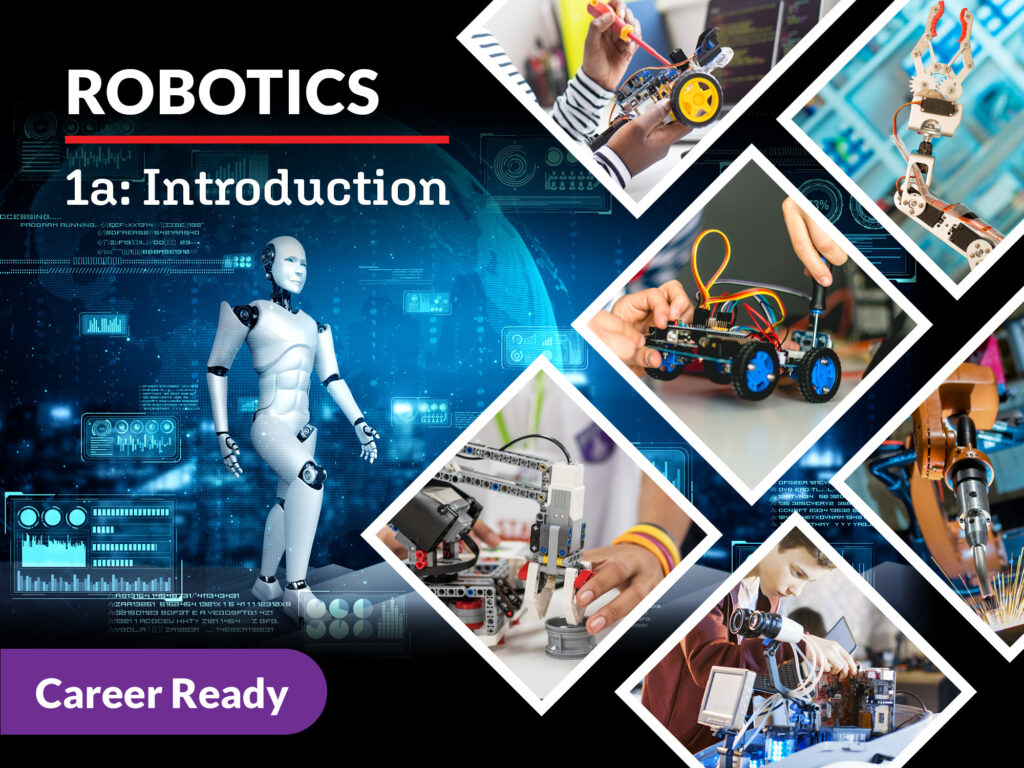Remember those sci-fi movies where robots did everything, from making coffee to saving the world? For a long time, I thought that was just Hollywood magic, something reserved for super-geniuses in lab coats. The idea of understanding, let alone building, a robot felt as far-fetched as flying to the moon on a bicycle.
Then, something shifted. I started seeing more and more real-world applications of robotics – in factories, hospitals, even vacuum cleaners! My curiosity, which had been quietly humming in the background, finally reached a crescendo. I wanted to understand how these things worked, how they came to life. But where do you even begin when the subject seems so incredibly complex?
That’s when I stumbled upon the idea of taking a robotics course. And let me tell you, it was one of the best decisions I’ve ever made. It wasn’t just about learning tech; it was about opening up a whole new way of thinking, problem-solving, and seeing the world. If you’ve ever felt that little spark of wonder about robots, but thought it was beyond your reach, this story is for you.
The Leap of Faith: Why I Signed Up for a Robotics Course
You might be thinking, "Robotics? Isn’t that for rocket scientists or computer prodigies?" I certainly did! My background wasn’t in engineering or advanced programming. I was just someone with a lot of questions and a growing fascination. But the specific robotics course I found promised a "beginner-friendly" approach, starting from the very basics. That was my green light.
My main motivations were simple:
- Pure Curiosity: I wanted to pull back the curtain and see the gears turning (literally and figuratively).
- Understanding the Future: Robots are clearly a big part of our future, and I wanted to be a part of understanding that journey, not just observing it from afar.
- A New Challenge: I was looking for something that would push my mind in a different direction, something creative and logical at the same time.
Signing up felt like jumping into the deep end, but with a friendly instructor holding a flotation device. And it turned out, that "deep end" wasn’t nearly as scary as I’d imagined.
The Unveiling: What a Robotics Course Really Teaches
From day one, the course broke down the seemingly impossible into manageable, exciting chunks. It wasn’t just about assembling pre-made kits; it was about understanding the fundamental building blocks. Here’s a peek into what I discovered:
1. Electronics 101: The Heartbeat of a Robot
Before we even thought about programming, we dove into the basics of electronics. This was crucial. We learned about:
- Circuits: How electricity flows, what resistors do, and why a simple LED needs careful handling.
- Sensors: These are the robot’s "eyes" and "ears." We explored everything from ultrasonic sensors (for detecting distance) to light sensors and temperature sensors. Understanding how a robot perceives its environment was a huge "aha!" moment.
- Actuators: These are what make a robot move. Think motors, servos, and other components that turn electrical signals into physical action.
It wasn’t just memorizing definitions; we were building simple circuits on breadboards, seeing the immediate effects of our connections. It felt like learning a secret language that could bring things to life.
2. Bringing It to Life with Code: The Robot’s Brain
This was where the real magic happened for me. After understanding the hardware, we moved to programming. My robotics course started with visual block-based coding (like Scratch), which made the logic incredibly easy to grasp. Then, we transitioned to text-based programming, usually using platforms like Arduino.
We learned to:
- Write simple commands: Turning LEDs on and off, making motors spin.
- Implement logic: "If this sensor detects something, then do that." This is the core of how robots make decisions.
- Control movement: Programming a robot to navigate, avoid obstacles, or follow a line.
It was amazing to see lines of code transform into a physical action. My robot wasn’t just a collection of wires anymore; it was reacting, responding, and behaving based on the instructions I gave it. Debugging code was a challenge, often leading to head-scratching moments, but the satisfaction when it finally worked was immense!
3. The Mechanics of Motion: How Things Get Around
While electronics and code are vital, a robot also needs a physical body that can move and interact. We covered:
- Motors and Gears: Understanding how to select the right motor for a task and how gears can change speed and torque.
- Chassis Design: The basic structure of a robot, how to make it stable, and how to mount components effectively.
- Simple Machines: Leveraging basic physics principles to create efficient movement.
This part of the robotics course appealed to the builder in me. Seeing a flat piece of material turn into a movable chassis, with wheels and motors, was incredibly rewarding.
4. Problem-Solving and Creativity: More Than Just Nuts and Bolts
Perhaps the most valuable lesson wasn’t about any specific component, but about a new way of thinking. Robotics is all about problem-solving.
- Iterative Design: Your first idea rarely works perfectly. You build, you test, you find errors, you redesign, and you try again. This process taught me patience and resilience.
- Troubleshooting: When a robot doesn’t do what you expect, you learn to systematically trace the problem – is it the wiring? The code? The power supply? This skill is applicable to so many areas of life.
- Creative Solutions: There’s rarely one "right" way to build a robot. The course encouraged experimentation and finding unique solutions to common challenges.
My Favorite Part: Hands-On Projects (and a Few Hiccups)
The highlight of any robotics course has to be the projects. There’s nothing quite like the feeling of watching something you built from scratch come to life. We started with simple tasks, like making an LED blink, and gradually moved to more complex challenges:
- Building a line-following robot.
- Creating an obstacle-avoiding robot.
- Designing a simple robotic arm that could pick up objects.
I remember one particular project where my robot was supposed to navigate a maze. For hours, it just kept crashing into walls. I re-checked the code, the wiring, the sensor placement – everything! I was on the verge of giving up. Then, my instructor pointed out a tiny error in a single line of code, a misplaced bracket. One small fix, and suddenly, my robot was smoothly gliding through the maze. That moment of triumph, after hours of frustration, was pure magic. It taught me that persistence pays off and that even the smallest details matter.
Beyond the Wires: What I Gained from My Robotics Course
Taking that leap into a robotics course gave me so much more than just technical skills:
- A New Perspective: I started looking at everyday automated systems differently, understanding the logic behind traffic lights, automatic doors, and even my coffee machine.
- Confidence: If I could build and program a robot, what else could I learn? It empowered me to tackle other complex subjects.
- Problem-Solving Skills: My analytical and logical thinking improved significantly. I now approach challenges in a more structured way.
- Community: I met incredible people, from fellow beginners to experienced mentors, all sharing a passion for creation and innovation.
- A Glimpse into the Future: I now feel better equipped to understand and adapt to the rapidly changing technological landscape.
Who Should Consider a Robotics Course? (Hint: It’s Probably You!)
If any part of my story resonated with you, then a robotics course might be exactly what you need. You absolutely don’t need to be an engineering student or a coding wizard to start. These courses are designed for:
- Curious Beginners: If you’re simply interested in how things work and want a hands-on learning experience.
- Students: A fantastic way to boost your STEM skills, especially in science, technology, engineering, and math.
- Hobbyists: Looking for a new, engaging, and challenging pastime that combines creativity and logic.
- Career Changers: Wanting to explore a new field or gain valuable skills for the growing automation and tech industries.
- Anyone who loves to build and create: If you enjoy taking things apart (and putting them back together!), this is for you.
Many different options exist, from short online courses you can do at home to longer in-person workshops. The key is to find one that fits your learning style and current knowledge level. Look for courses that emphasize hands-on projects and clear, step-by-step guidance.
Taking Your First Step: My Encouragement to You
Don’t let hesitation hold you back like it almost did for me. The world of robotics, once seemingly impenetrable, is now more accessible than ever. Taking a robotics course was a journey of discovery, challenge, and immense satisfaction. It taught me that with a bit of curiosity, patience, and the right guidance, anyone can begin to understand and even build the amazing machines that are shaping our future.
So, if you’ve ever dreamed of bringing your ideas to life, of understanding the brains behind the brawn of a robot, or simply want to learn a truly exciting new skill, I wholeheartedly encourage you to take that first step. Who knows what incredible creations you might bring into the world? It’s an adventure well worth taking.



